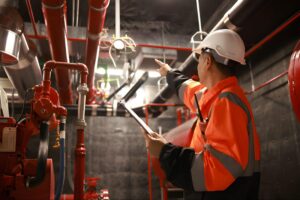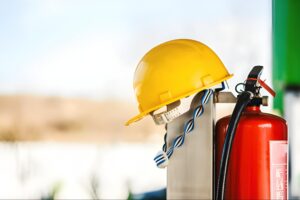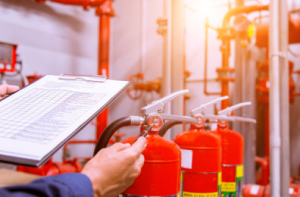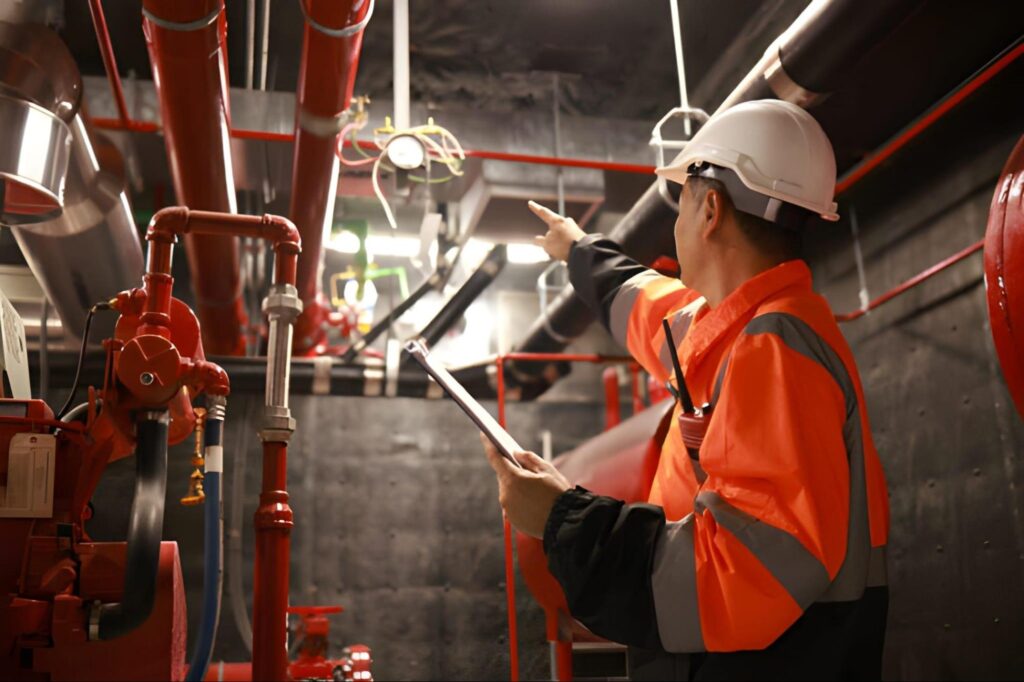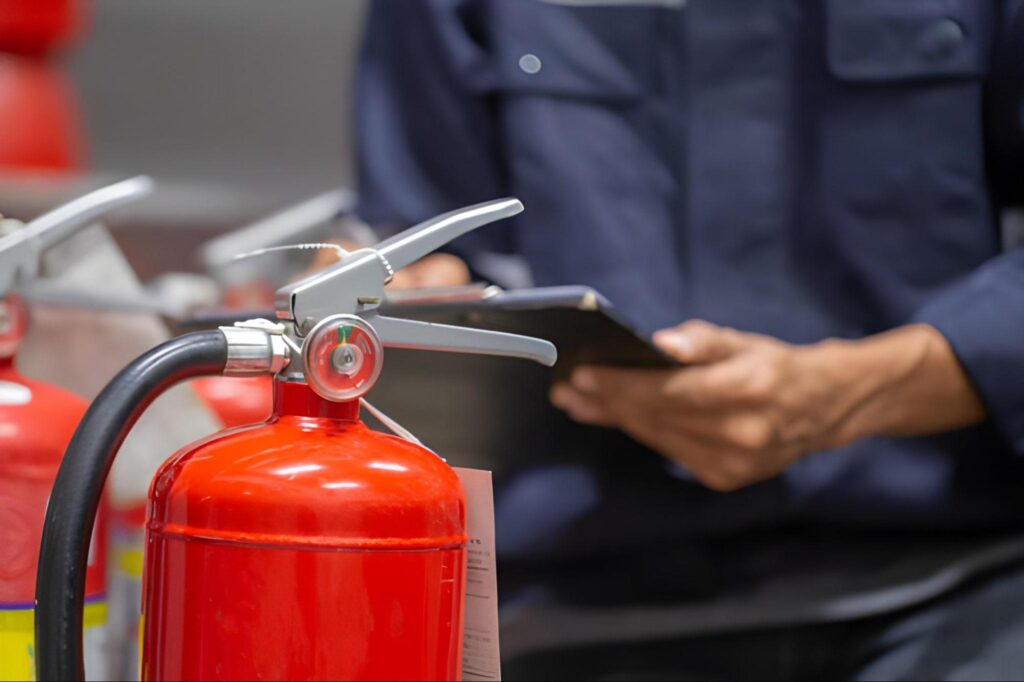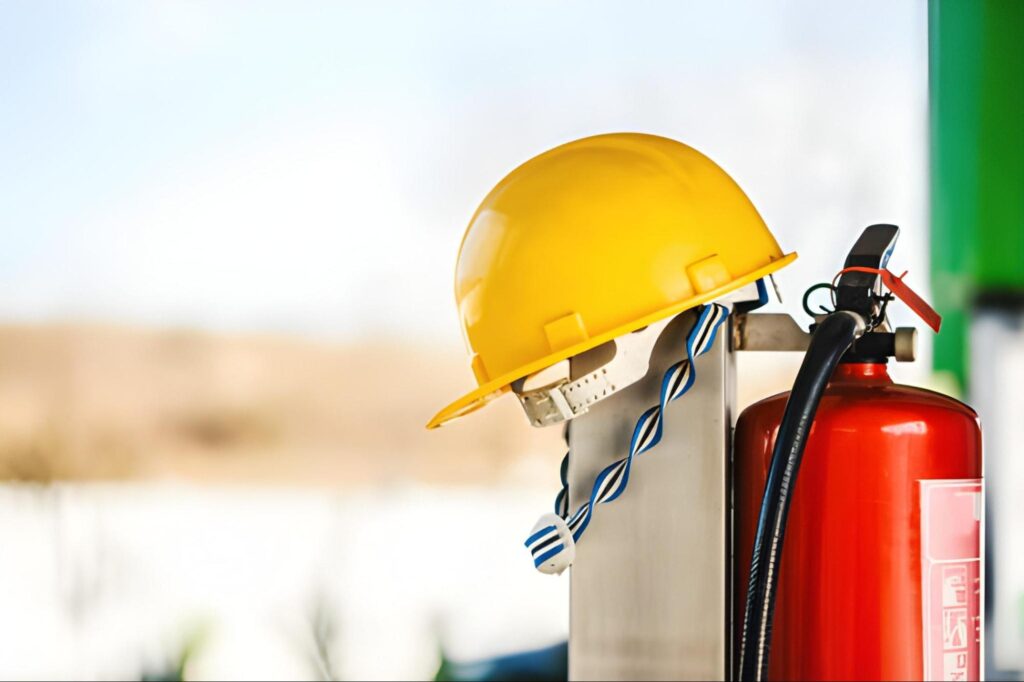Effective indoor air quality management is crucial for ensuring occupant safety in modern buildings, where assessing ventilation systems and the distribution of airborne contaminants within building . MEP Engineers rely on advanced tools to evaluate ventilation and indoor air quality before construction begins.
One such tool, CONTAM modeling, enables engineers to test different scenarios, anticipate potential risks, and design systems that enhance both occupant safety and building performance.
Understanding CONTAM Modeling
CONTAM modeling is a computer-driven simulation tool that evaluates and forecasts indoor air quality, airflow, and the movement of contaminants in a building. It allows MEP Engineers to visualize how contaminants, including smoke, can spread during emergencies, providing a detailed understanding of airflow patterns and potential hazards.
By simulating various scenarios, Engineers can assess and optimize smoke control strategies, ensuring that pressurization-based systems perform effectively under real-world conditions. This makes CONTAM modeling especially relevant for high-rise and complex building projects in Singapore, where precise indoor air management is critical for occupant safety and regulatory compliance.
The Process of CONTAM Modeling
CONTAM modeling employs a systematic computational approach to simulate airflow and smoke movement in buildings.
The building is divided into multiple zones, with each room often treated as a separate zone, depending on the modeling objectives. Each zone is analyzed individually, taking into account its unique characteristics such as temperature, pressure, and air movement.
Using advanced mathematical equations and computational algorithms, CONTAM evaluates pressure differentials across these zones, which are essential for the performance of stairwell and elevator pressurization systems.
In doing so, the software considers several key factors that influence airflow and smoke behavior:
- HVAC supply and exhaust systems: How fans, vents, and other HVAC elements interact within the building.
- Structural layout, construction techniques, and building materials: The physical layout and structural elements that affect airflow.
- Environmental influences: External factors such as wind, extreme heat, and building elevation.
By integrating these variables, CONTAM helps fire protection engineers optimize smoke control designs, including the strategic placement of supply fans, exhaust fans, and vents.
Benefits of CONTAM Modeling
CONTAM modeling offers numerous advantages, enabling engineers to design safer and code-compliant smoke control systems for all building types.
1. Accurate Pressure Analysis
CONTAM modeling enables engineers to accurately measure static pressure differences across building zones, thereby minimizing smoke migration to unaffected areas. This precise analysis ensures that smoke control systems perform as intended, enhancing overall safety.
2. Optimized Ventilation
By simulating airflow and system interactions, CONTAM helps customize ventilation systems for each building. It ensures that exhaust, pressurization, and smoke control systems operate efficiently during emergencies.
3. Compliance Support
CONTAM provides data-driven insights that support adherence to fire codes and international safety standards. This verification gives engineers confidence that their smoke control designs meet regulatory requirements.
4. Design Assessment
The software evaluates the placement and capacity of exhaust and supply points, the effectiveness of barriers, and environmental influences such as the stack effect. Such assessments help engineers refine designs for resilient and effective smoke control.
5. Emergency Response Planning
CONTAM enables predictive modeling of smoke movement, which assists in developing safe evacuation routes. By understanding potential fire scenarios, emergency response strategies can be planned more effectively.
6. Cost Efficiency
CONTAM helps make informed, cost-efficient decisions, minimizing both construction delays and retrofitting expenses.
7. Customization
The software can be tailored to any building type or scenario, making it highly flexible. This adaptability ensures that each project’s unique layout and environmental conditions are adequately addressed.
8. Performance Testing
Before actual implementation, CONTAM allows virtual testing of smoke control systems against design objectives. This ensures that systems function as intended and streamlines acceptance testing, avoiding project delays.
9. Data Visualization
CONTAM provides clear visual representations of airflow patterns and pressure differences. This helps stakeholders, from building owners to fire authorities, easily interpret system performance and make informed decisions.
Scenarios Requiring CONTAM Modeling
CONTAM modeling is used to ensure fire safety in complex building environments. It is particularly necessary in the following scenarios:
- High-rises requiring pressurization systems: Buildings with stairwell or elevator pressurization systems rely on CONTAM to ensure smoke does not compromise evacuation routes.
- Buildings with zoned smoke control systems: For structures with multiple smoke control zones, CONTAM helps optimize airflow and pressure differentials between zones.
- Maintaining prescribed pressure differentials: The software ensures that code-mandated pressure differences are consistently achieved during fire emergencies, supporting safe egress.
- New developments and upgrades: CONTAM modeling is used not only for designing new buildings but also for assessing and improving smoke control strategies in existing structures.
Experts Behind CONTAM Modeling
CONTAM modeling is typically carried out by qualified fire protection engineers who possess specialized expertise in building systems, ventilation design, and smoke control strategies.
To perform this task effectively, these professionals must have a deep understanding of fire dynamics, including how smoke behaves during emergencies, as well as the operation of mechanical pressurization systems that maintain safe evacuation routes.
Equally important, engineers must be well-versed in local fire codes and international safety standards, as these regulations set the benchmarks for compliant and efficient smoke control system designs.
Their role goes beyond running simulations; they must also be able to interpret complex data outputs, analyze pressure differentials, and recommend practical design adjustments to optimize building safety and performance.
Ensuring Indoor Air Quality With Soteria’s Expert Engineers
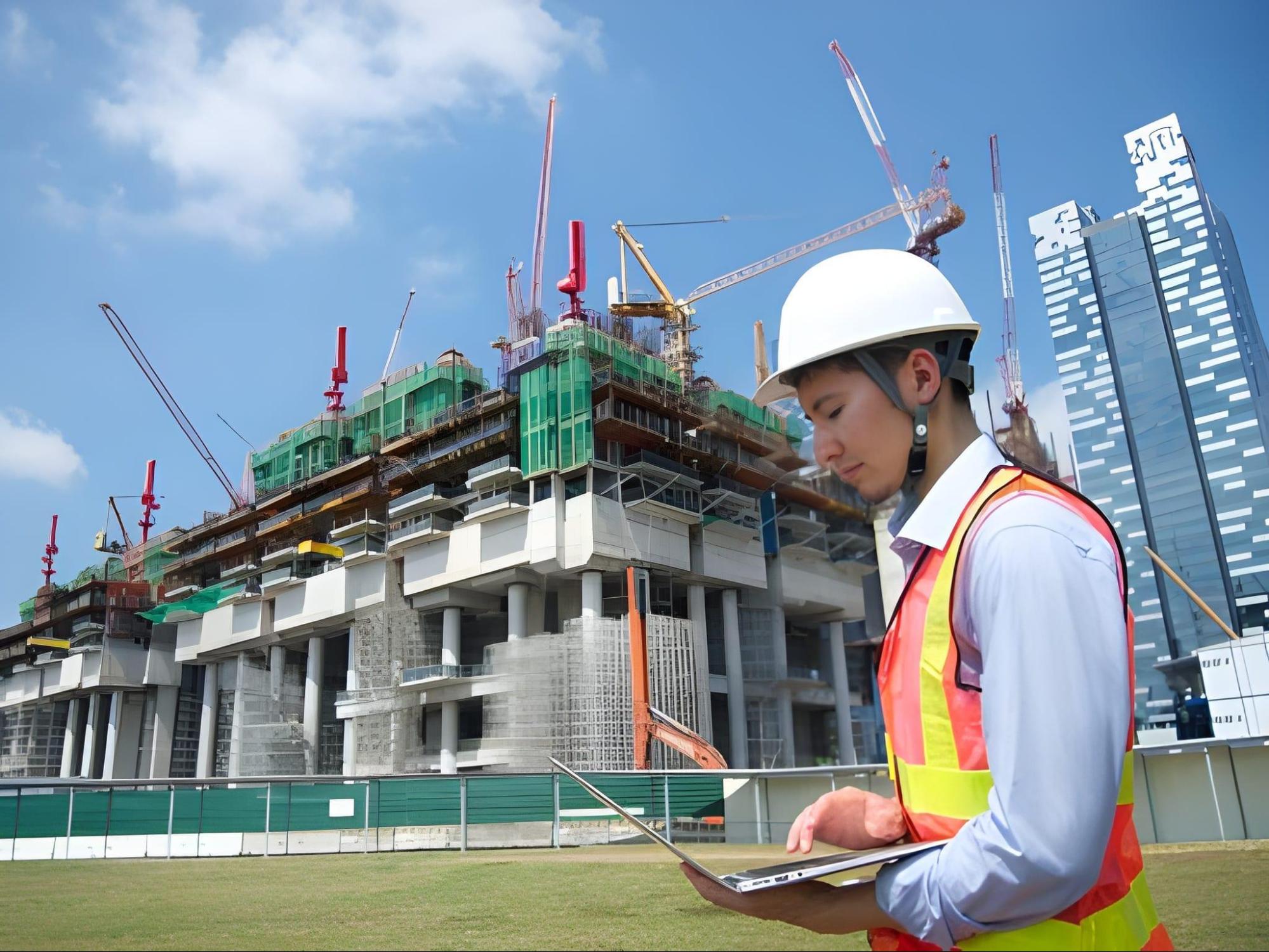
CONTAM modeling plays a crucial role in modern occupant health . Still, its effectiveness relies on the expertise of Professional Engineers who can accurately interpret data and apply it to real-world building designs.
That’s why, at a leading computer-aided engineering consultancy in Singapore like Soteria, our services are led by qualified Professional Engineers, providing trustworthy assessments and certifications. We deliver not only tailored smoke control modeling for complex building projects, including ductless jet fan system designs, but also indoor air quality analysis to create healthier, compliant environments.
Partner with us today to ensure precise, compliant, and cost-effective fire safety solutions for your building.
